There are quite a few people who believe that the latest internet shift is already well underway: the metaverse. A lot of brands are wondering what the metaverse really is and whether they should be a part of it. Thinking about how to navigate this new frontier, even knowing where to start can be daunting.
The basic idea of the metaverse includes any digital experience on the internet that is immersive, three-dimensional (3D), and virtual. Think of it as a mix of virtual and augmented realities. Metaverse experiences offer us the opportunity to play, work, connect or buy (real or virtual). Each entity that creates a virtual world does so with its own access, membership, monetization rights, and formats of creative expression, so the business and technical specifications vary widely. This allows the metaverse to be essentially limitless.
Basically, the metaverse would be the next iteration of the internet and the social media world, with a few points of difference:
- Users can log in via virtual reality (VR); this opens up new brand engagement possibilities, from trying out apparel to exploring a piece of real estate.
- Users will be equipped with a digital wallet in the metaverse, which makes purchase transactions more seamless.
- Users will be able to teleport freely around the metaverse so that they can participate in groups and join (and pay for) events anywhere in the world.
- Users will engage in a new kind of storytelling experience aided by 360° videos and 3D modeling, which means advertising is going to transform.
For some businesses, the metaverse will be another channel in their marketing mix and a prominent one at that. Entertainment and gaming companies leading the way and already shaping the metaverse landscape. Major console and PC gaming titles, like Fortnite, have normalized playing and socializing with people in virtual settings. The immersive virtual environment of the metaverse isn’t just an opportunity for consumer-facing companies and products. From training future surgeons to rolling out product demos to retail employees, there are plenty of business applications the metaverse offers.
So what should your brand be doing about the metaverse? Brands should always be in a test-and-learn mode in the digital landscape. The metaverse is potentially the next iteration of how humans use the internet to connect, communicate and transact. Here is how you can begin:
Experiment with AR
First and foremost, play around with Augmented reality (AR). It is set to change shopping experiences by allowing users to visualize clothing products in real-time. Learn AR by being a user first. It becomes easier to market on a platform when you understand it.
Targeting
Is your target audience spending time in the metaverse? Who are your target demographics, and what behaviors are trending with your current and prospective consumers right now that are indicators of how fast to move into the metaverse? Brands focusing on younger demographics probably don’t have the luxury of sitting out the metaverse for long.
Choose the Right Platform
Whether it’s mobile, PC, console, or streaming, your platform should increase your reach while still aligning with your brand. Mobile games, for example, can reach more casual gamers, while PC and console games can gain more traction with mid-core gamers. Aside from virtual billboards in digital sports stadiums, in-game apps also include video, music, and banner ads. Choose a format with which your product can identify.
Parallel Your Marketing
Transitioning into the metaverse doesn’t necessarily mean that you have to do everything differently. A good starting point when entering the metaverse is to replicate what you offer in real life and parallel it in the virtual world. It’s not only a natural method to enter the metaverse but also an authentic way for users to notice your brand.
Partner with Creators
Teaming up with online game universes like Fortnite will help you create virtual possessions that can naturally fit into the gaming experience. Otherwise, you can use 3D and AR platforms with open marketplaces to create wearable and tradeable digital garments. The Fabricant Studio is a viable choice if you have no prior knowledge of 3D software.
Create Immersive Experiences
Experiential marketing is one of the most important drivers of customer engagement. Studies show that brands who focus on building experiences gain 25% more brand loyalty than those who don’t. Offering an immersive experience takes audiences out of their comfort zone. This can impact their perspective of your brand and help you create long-lasting bonds with them.
While the metaverse is the future, don’t stop focusing on today. Most importantly, people in brand marketing or leadership roles should start thinking about how to unleash their creativity and their storytelling. Have questions on how your brand can enter the metaverse? Contact us today.




